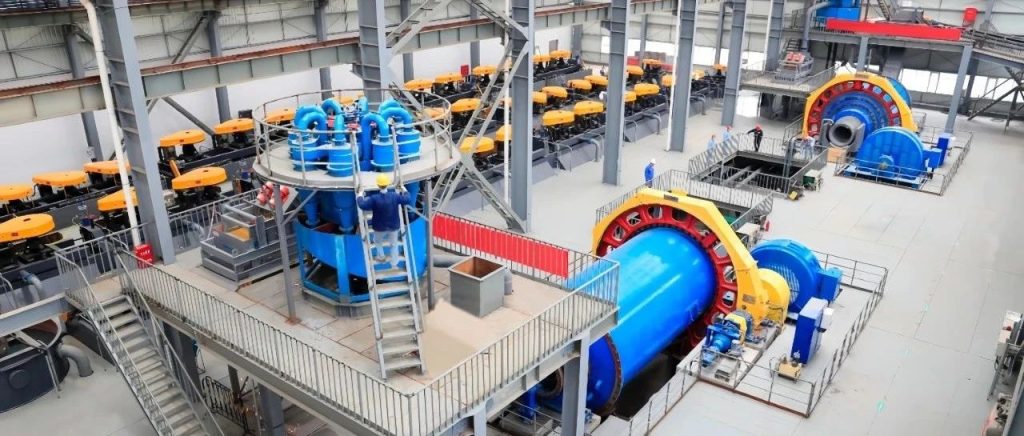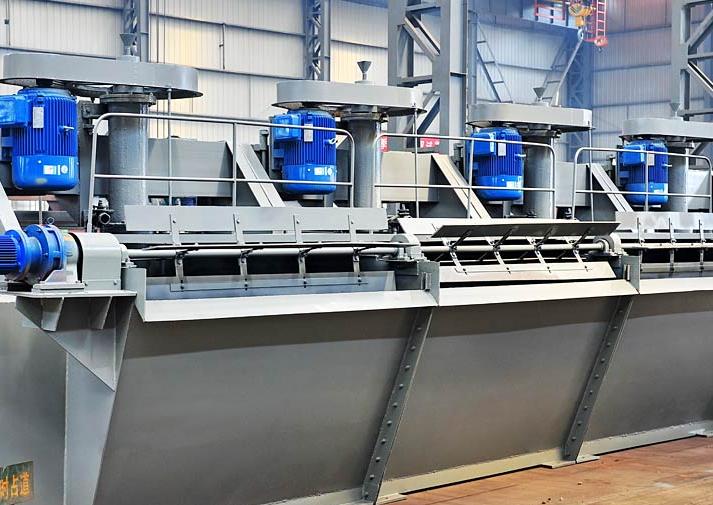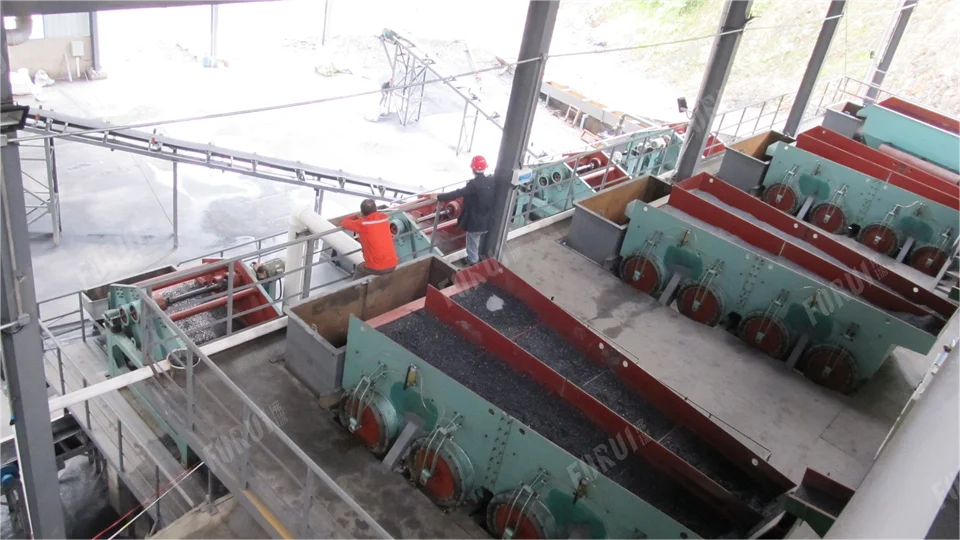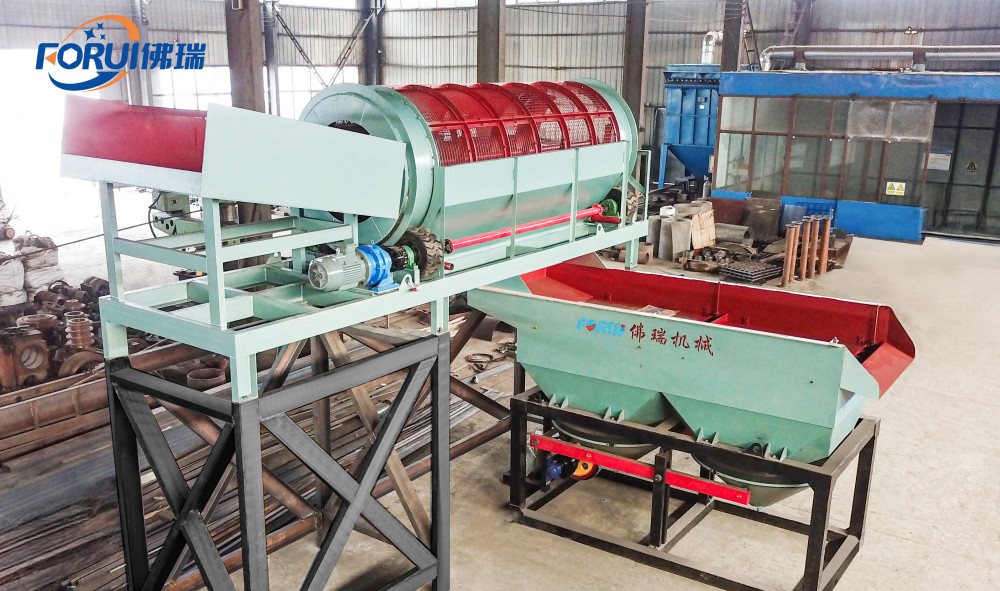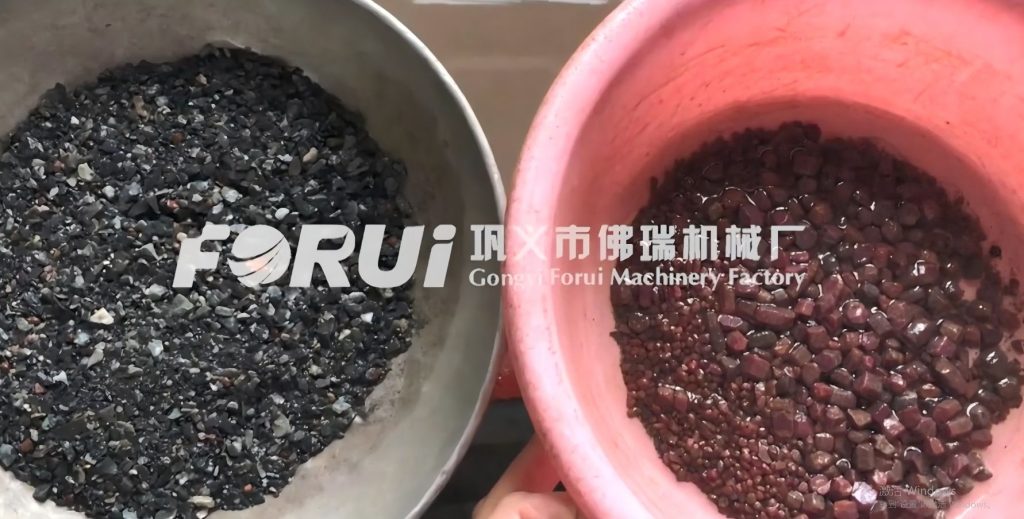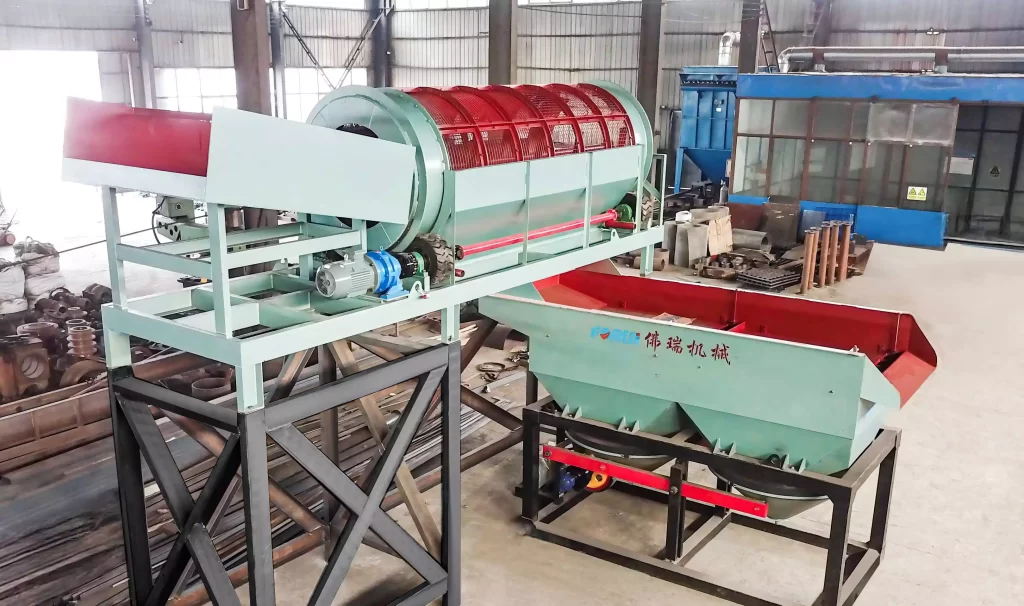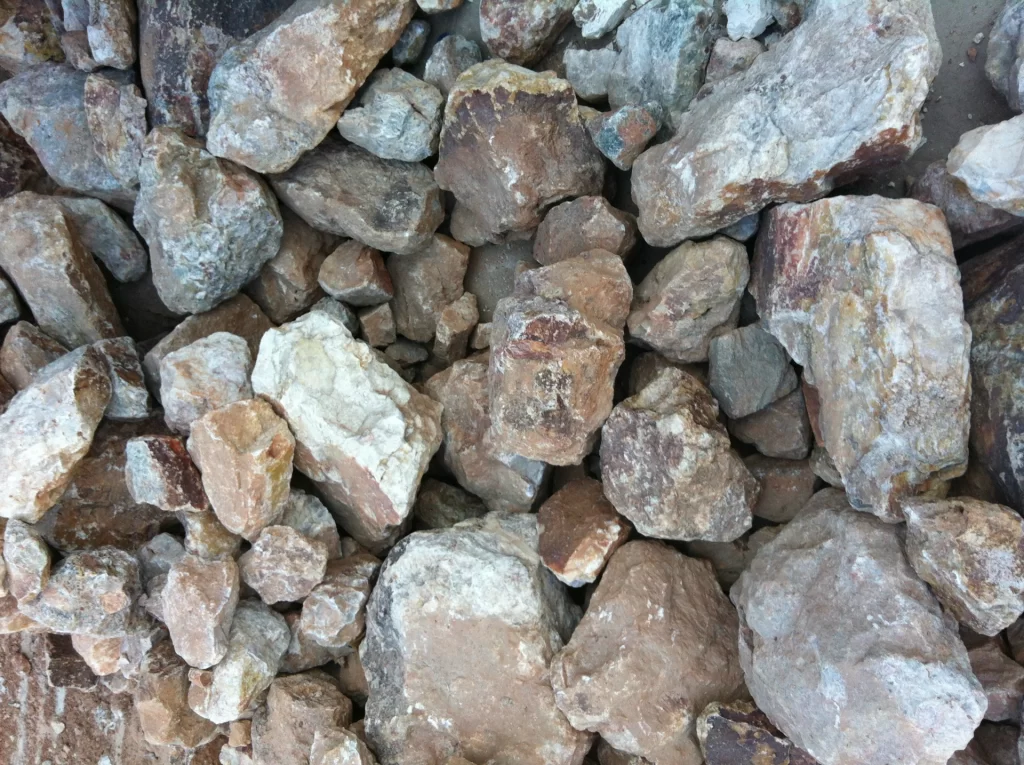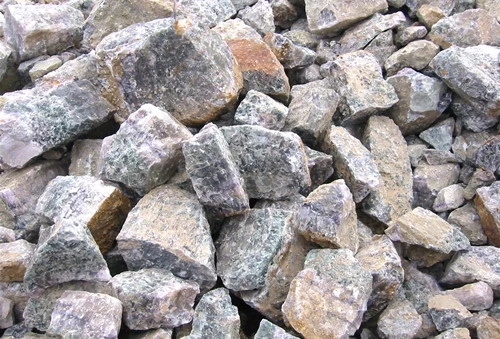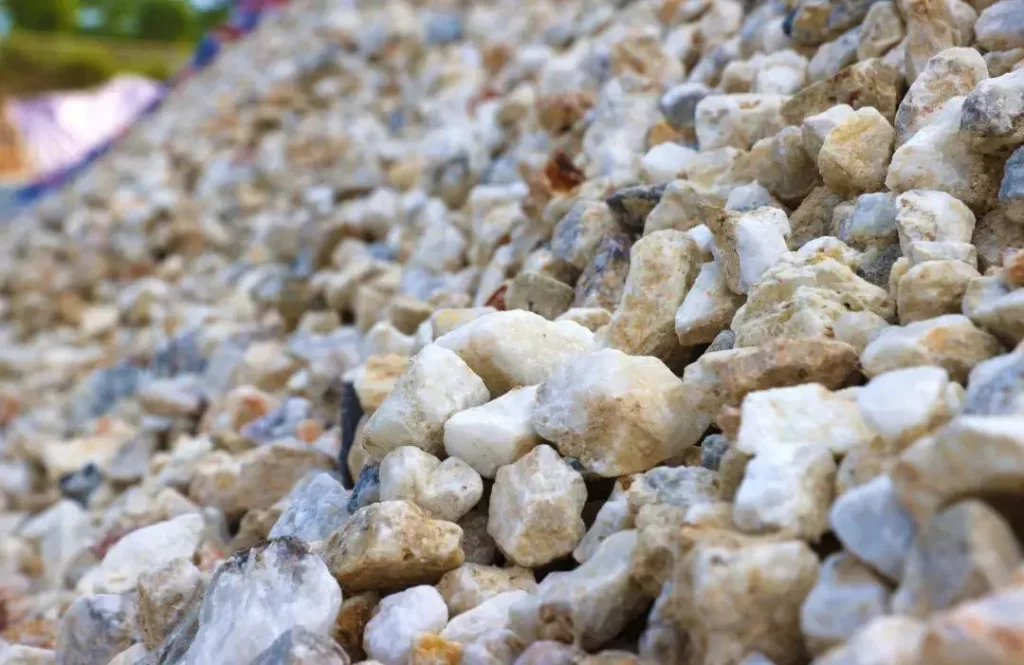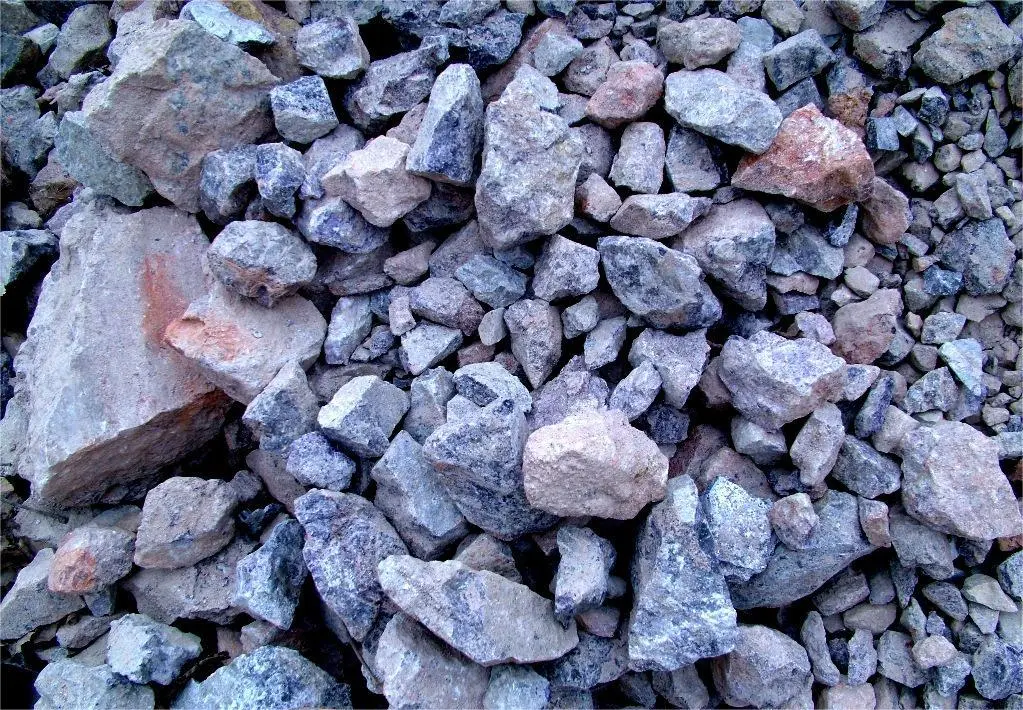How to Extend The Life of Mineral Processing Equipment in Flotation Plant?
Flotation plant equipment plays a pivotal role in mineral processing, directly impacting ore recovery rates and concentrate grades. A well-structured maintenance and optimization strategy not only reduces equipment failures but also significantly improves operational efficiency and stability. This article explores specific measures that can be implemented based on practical maintenance tasks, focusing on equipment maintenance, […]
How to Extend The Life of Mineral Processing Equipment in Flotation Plant? Read More »

